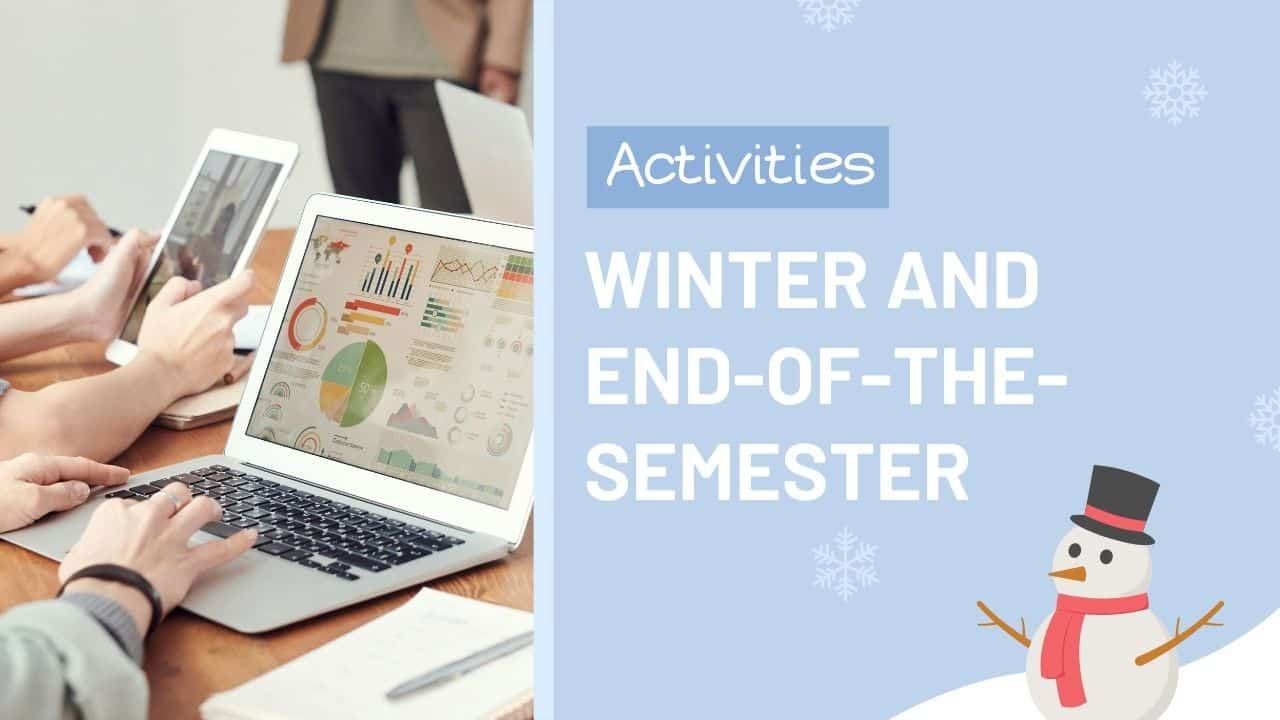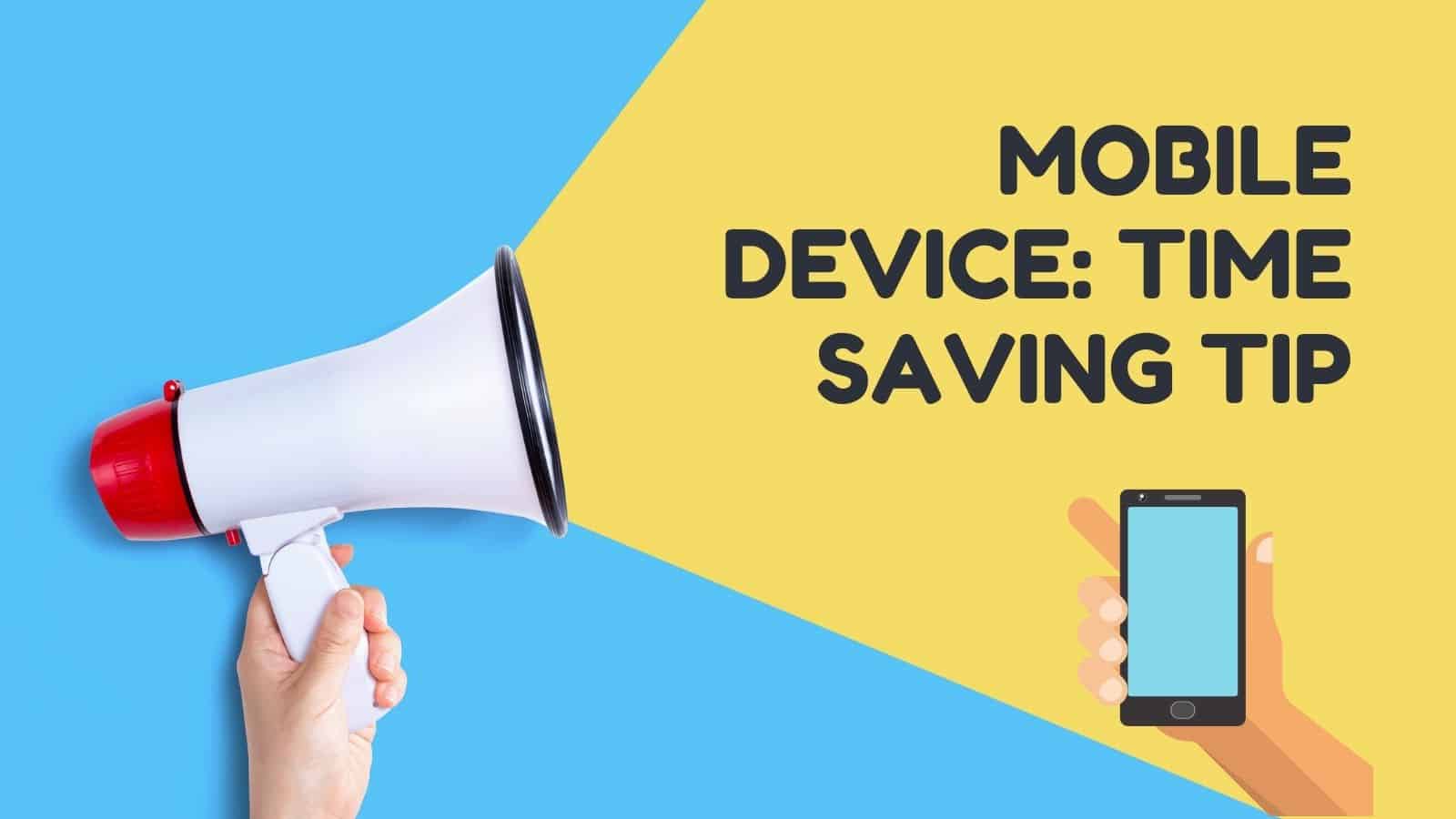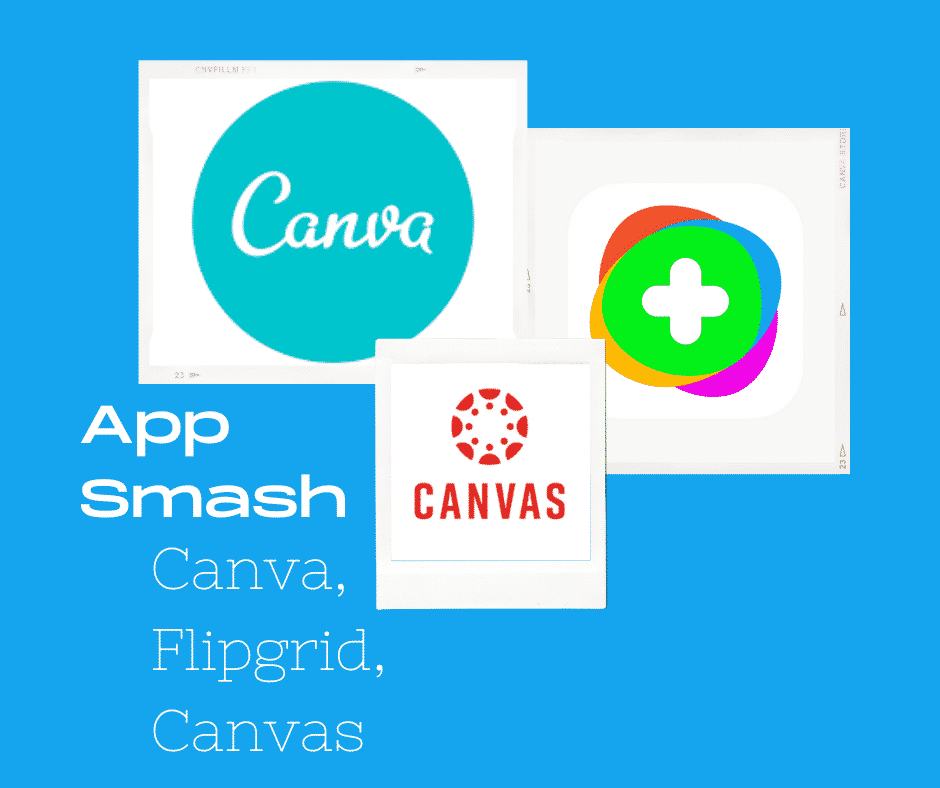High School teachers of PCEP year-long courses, please be aware that Grading Periods will be set up in your Canvas courses denoting each semester.
Year-Long PCEP Courses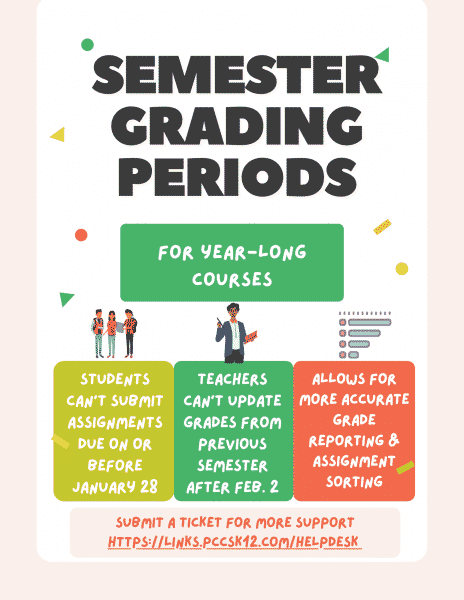
- Teachers will have access to make edits, give feedback, and grade assignments in Canvas for first semester until 11:59 pm on February 2, 2022. After that date, the grades will not be editable.
- Students will continue to have access to submit assignments with due dates in the first semester UNLESS YOU HAVE AN AVAILABLE UNTIL DATE OF JAN. 28 OR EARLIER. You can edit those dates in bulk by following the steps here.
Semester 2 began January 31st, 2022. You can filter your grade book to view assignments with due dates in the Semester 2 grading period by following the steps here.
The information above was also noted in our January 18, 2022 blog post.
If you have questions, please submit a tech ticket.

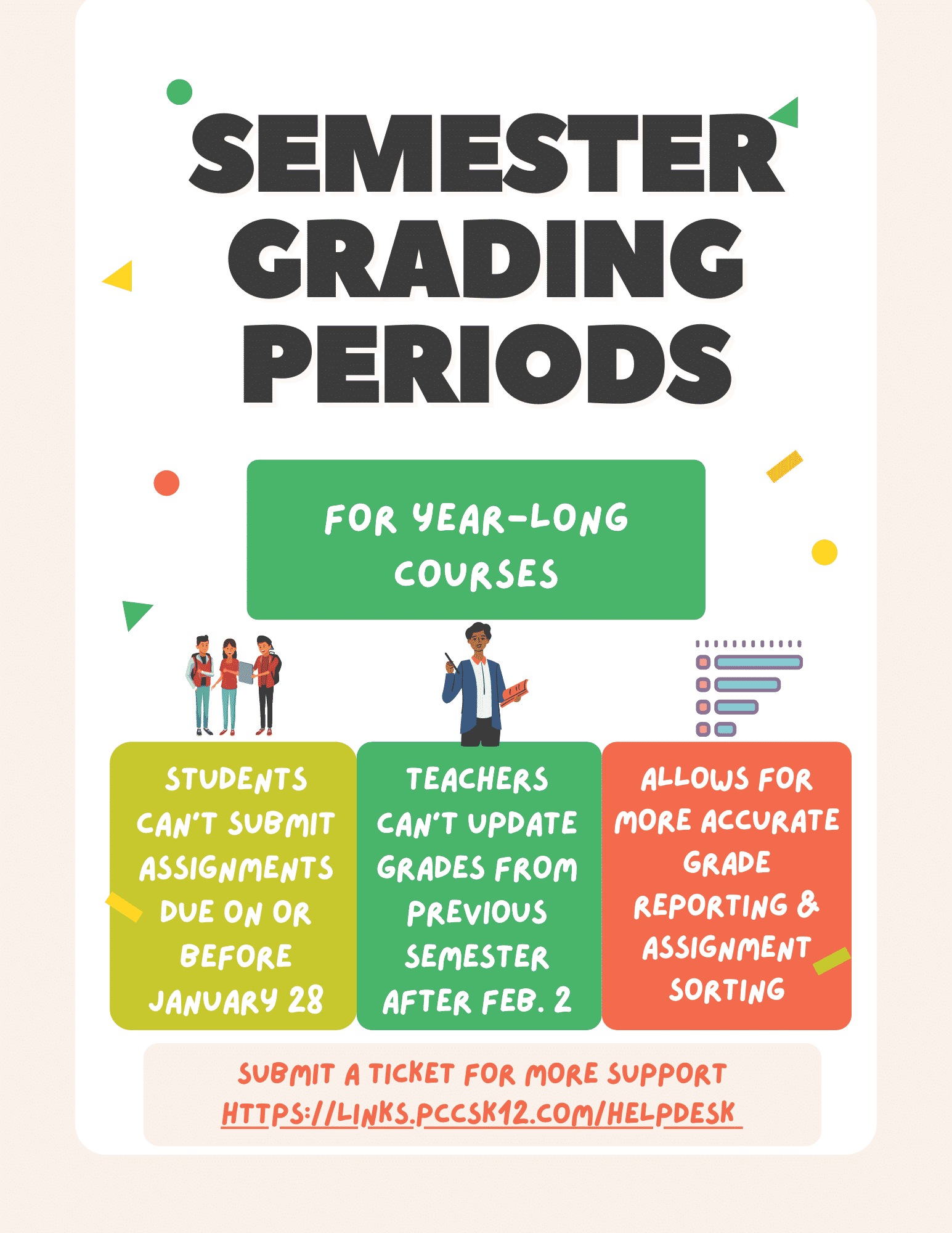
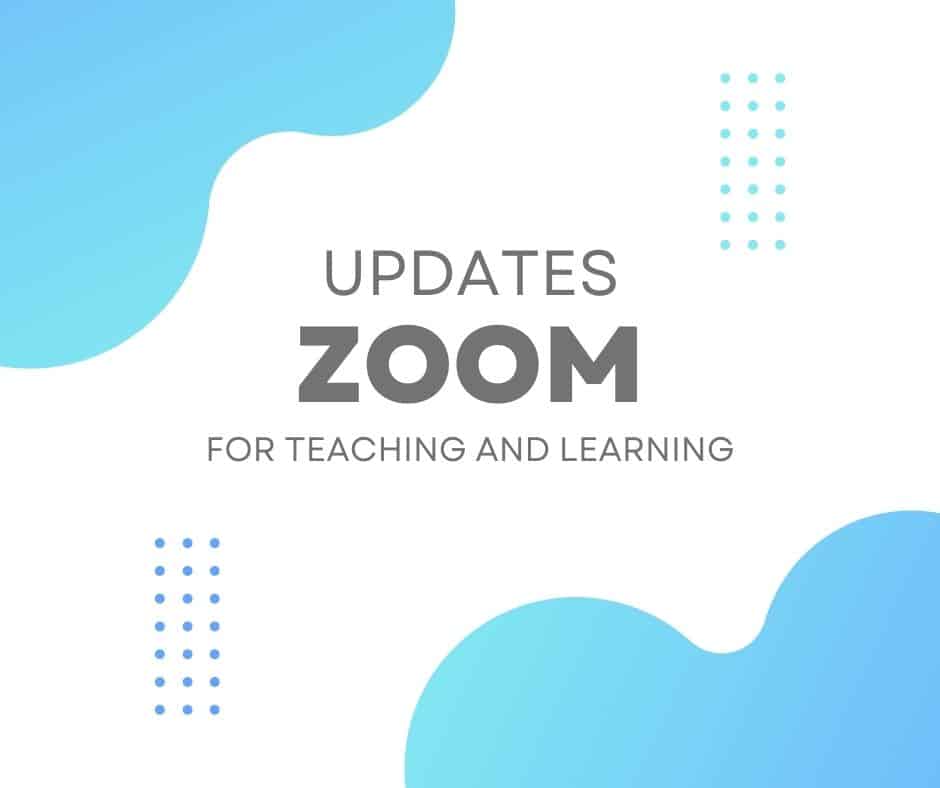
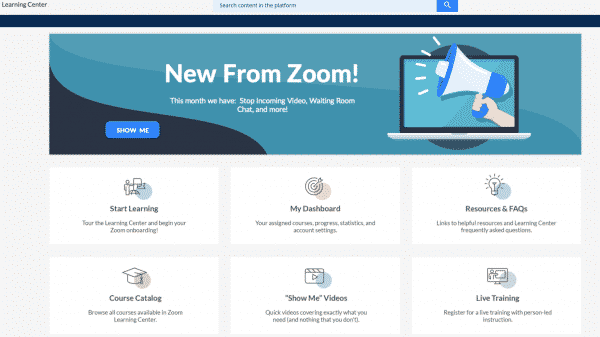
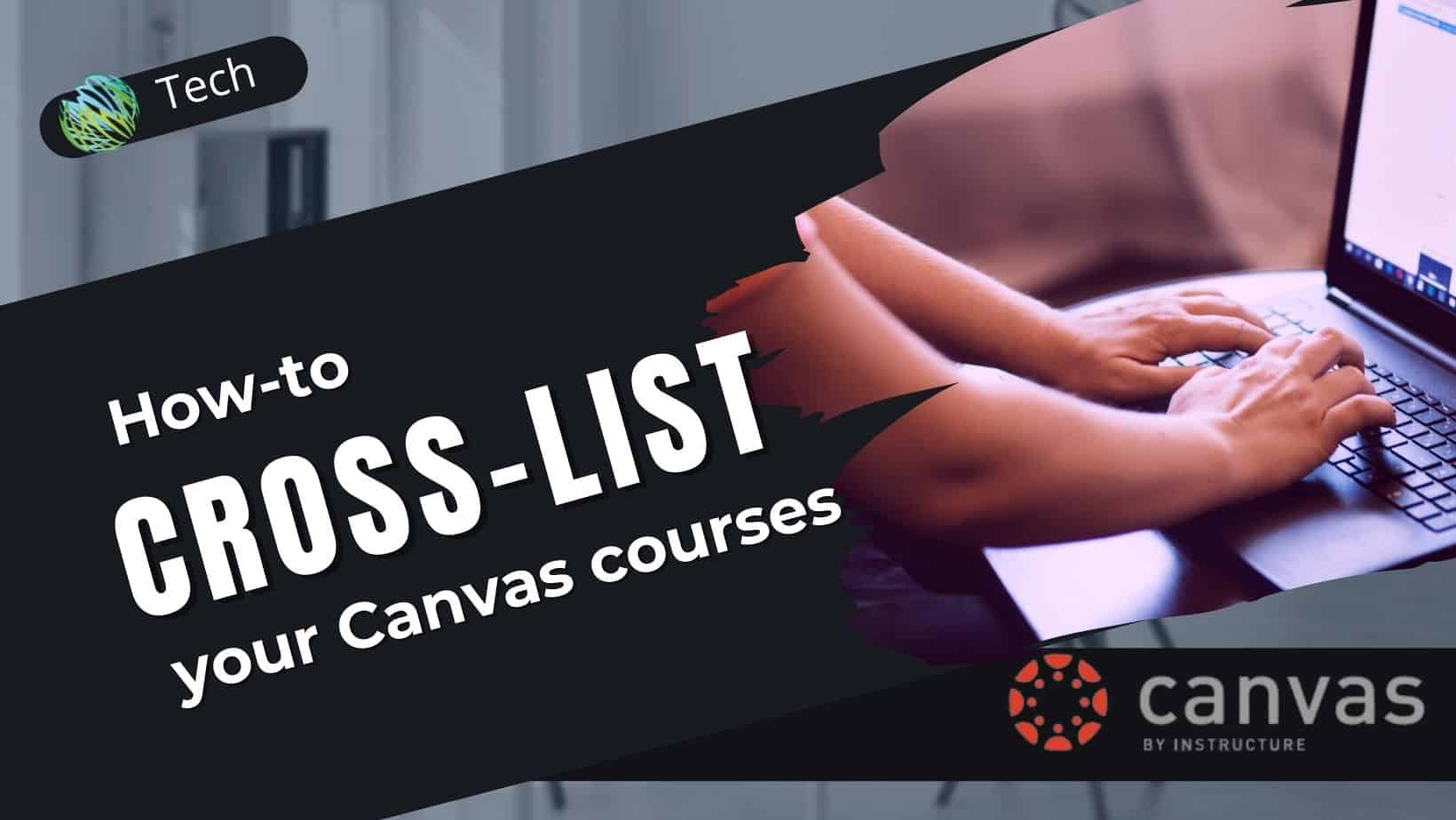
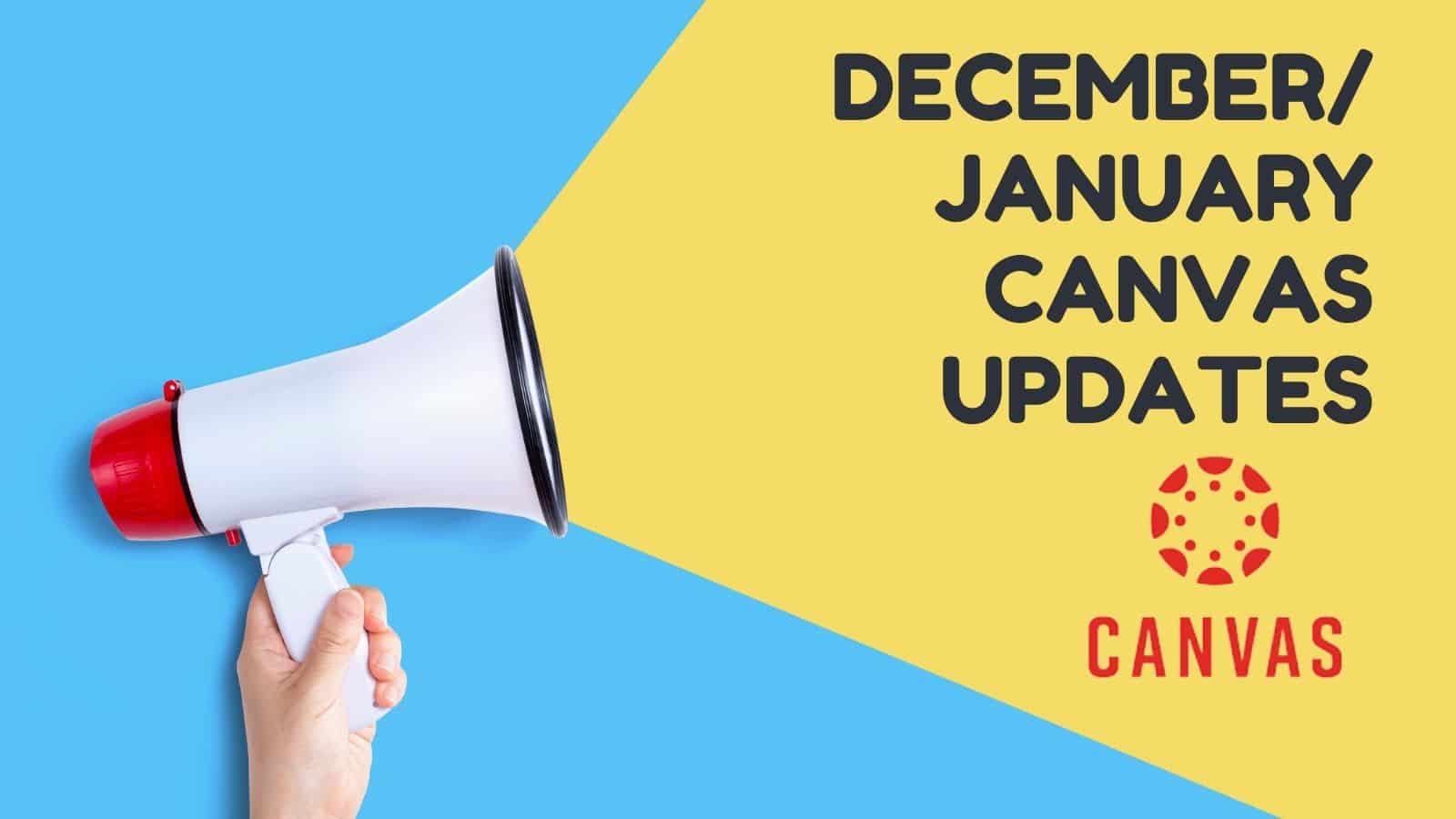
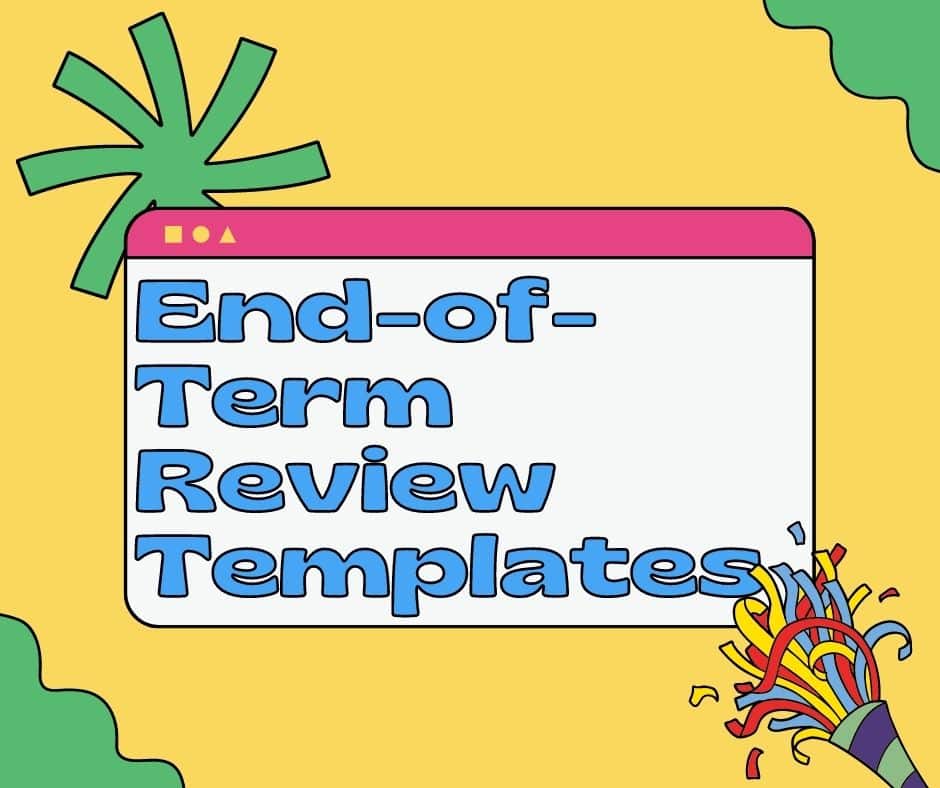
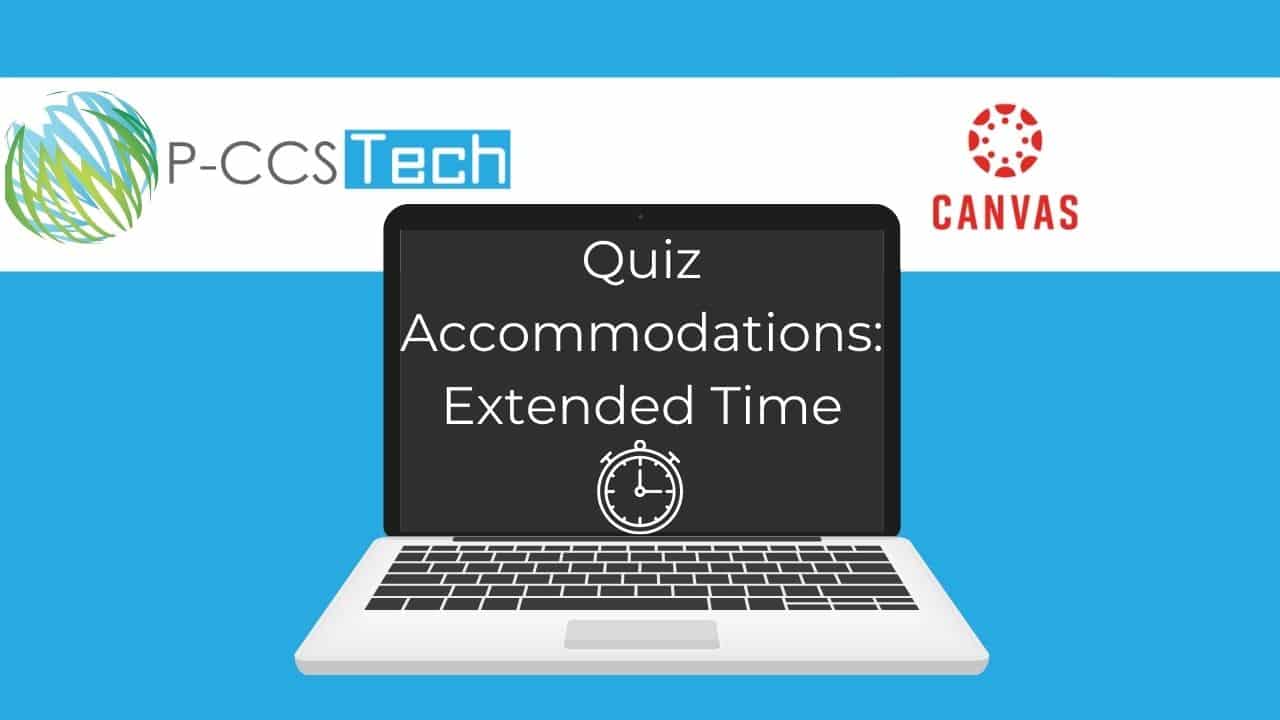
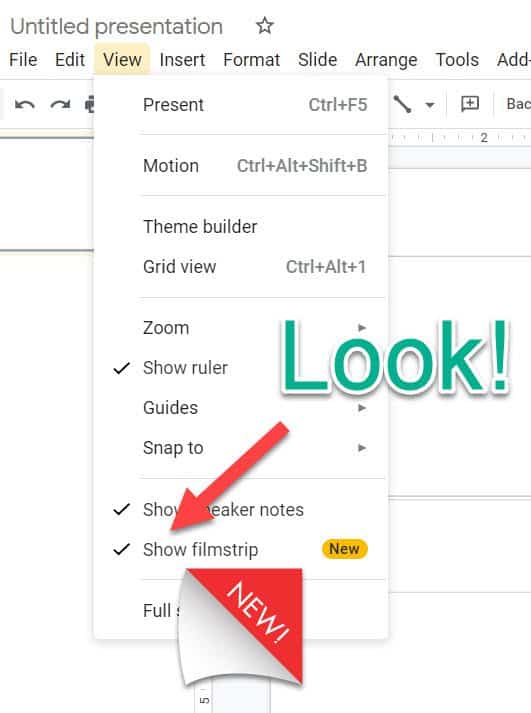
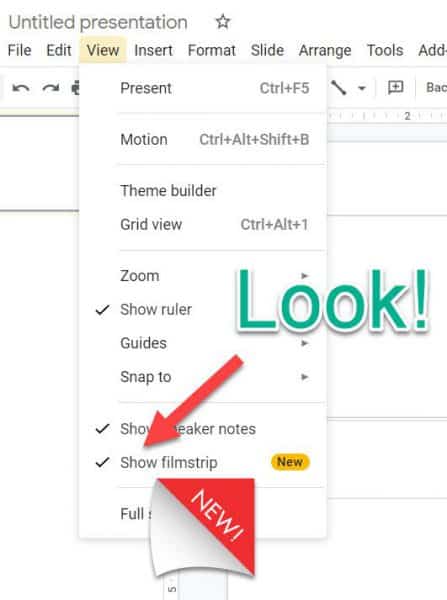
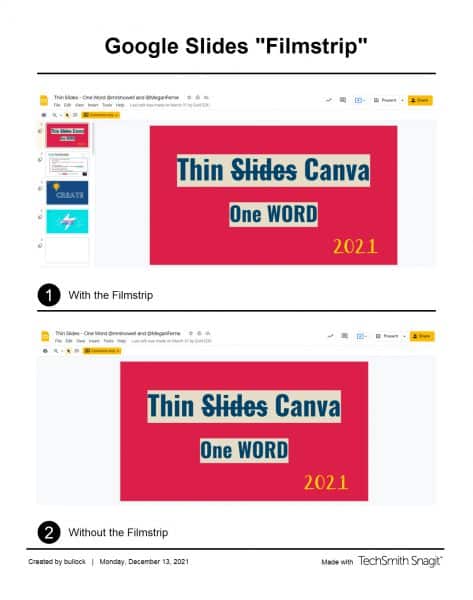 Why would you want to use this feature?
Why would you want to use this feature?